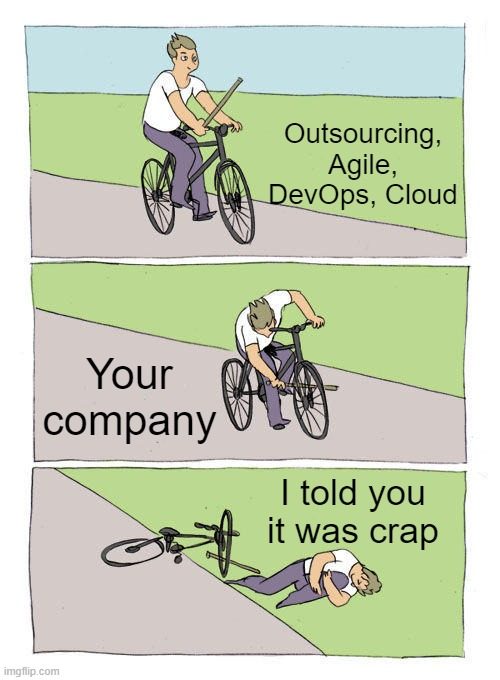
VirtualBox 7.0.2
Hot on the heels of VirtualBox 7.0, we now have VirtualBox 7.0.2. I’m not going to lie, I expected this release to happen really quickly, as VirtualBox 7.0 gave me a number of headaches.
The downloads and changelog are in the normal places.
I’m hoping this fix solves a lot of my problems.
- Main: Fixed issue when VBoxSVC could become unresponsive if Extension Pack was not installed (bug #21167)
I’ve installed 7.0.2 on a couple of Windows machines (10 and 11), and I’m going to play with it today.
Vagrant 2.3.2
As mentioned in my post about VirtualBox 7.0, Vagrant 2.3.1 doesn’t support VirtualBox 7.0 directly, so I was expecting a quick release of Vagrant and here it is. Vagrant 2.3.2 has a single feature in its changelog.
- provider/virtualbox: Add support for VirtualBox 7.0 [GH-12947]
I’ll be attempting some new Packer builds of my Vagrant boxes, then working through my Vagrant and Docker builds to add in the new patches. That should give it a pretty good test. I’ll update this post with the results.
If this doesn’t work out, I’ll be reverting to VirtualBox 6.1.40…
Cheers
Tim…
Updates
Update 1: The good news is VMs seem to start OK now using Vagrant 2.3.2 and VirtualBox 7.0.2. (not true, see below)
The bad news is I can’t get Packer to work, so I’m unable to build new Vagrant boxes with the 7.0.2 guest additions. I’ve tried on Windows 10, Windows 11 and macOS (Intel) and all result in the same issue. It seems the kickstart is not working, like the networking on VirtualBox 7.0.2 is screwed up somewhere.
I’ve downgraded my Windows 10 PC to use VirtualBox 6.1.40 and I’m building new Vagrant boxes on that. So far so good. I’ll upload them to Vagrant Cloud and attempt to use them with VirtualBox 7.0.2. The guest additions will be out of date, but it should still work fine, I hope. I’ll keep updating…
Update 2: After a couple of successes starting up VMs using VirtualBox 7.0.2 and Vagrant 2.3.2, it all seems to have caved in now.
I’m going to switch to VirtualBox 6.1.40 for the moment. I don’t have more time to waste on this. VirtualBox and Vagrant are tools I use to make my life easier, not an end in themselves, so I don’t have the time to keep working on this. I’m sure a future version of VirtualBox will have sorted out its networking issues and I’ll be able to use it…
Update 3: Everything is reverted to VirtualBox 6.1.40. Packer builds of OL7, OL8 and OL9 are completed and uploaded to Vagrant Cloud. I’ve started to do some Vagrant builds with them now and they seem to be working fine, so what I’m seeing is on VirtualBox 6.1.40 everything works as usual. On VirtualBox 7.0.2 I see these two issues.
- Packer just doesn’t work. It fails getting the HTTP access to the kickstart file. I get the same issue on Windows 10, Windows 11 and macOS (Intel).
- Starting VirtualBox VMs with Vagrant is hit-or-miss. Sometimes they work, but sometimes they fail. It also seems network related, but I can’t be 100% about that.
Update 4: An update from Simon Coter suggests the issue is due to the way Vagrant and Packer use the VirtualBox CLI, rather than the API. The workaround for this was posted by Frits Hoogland here.



